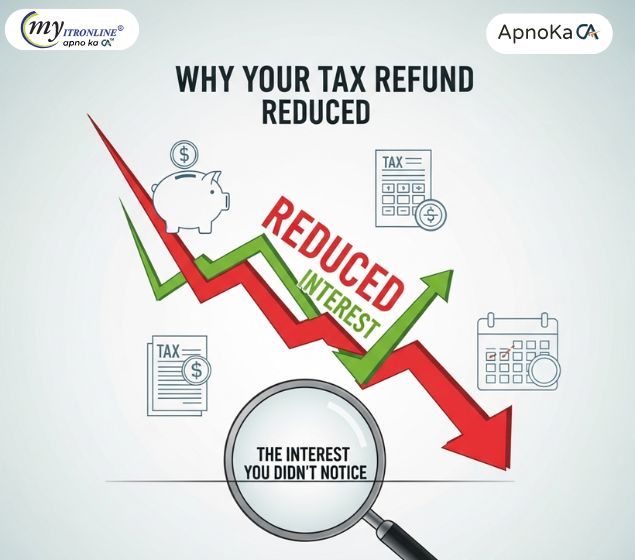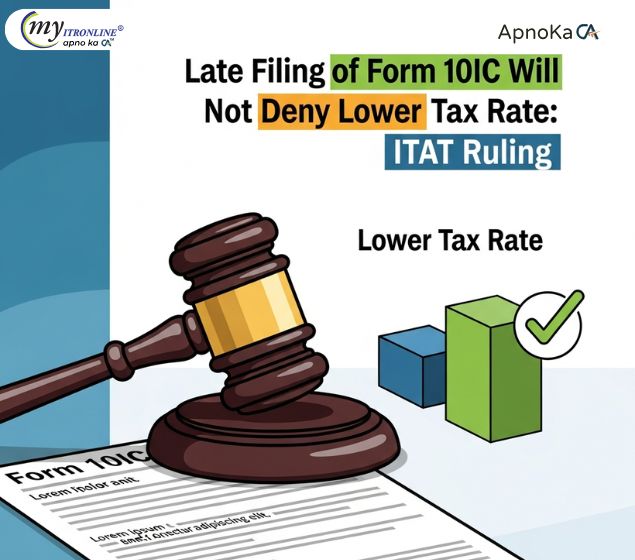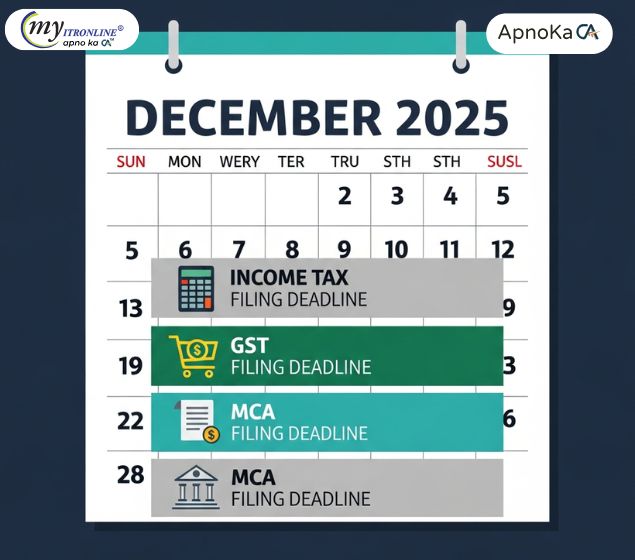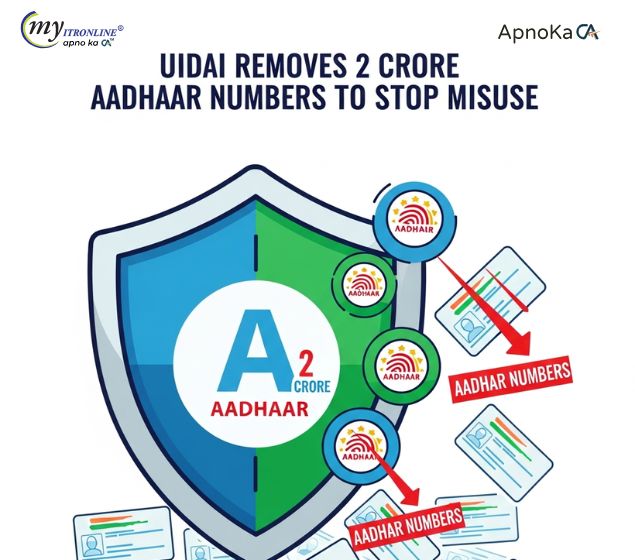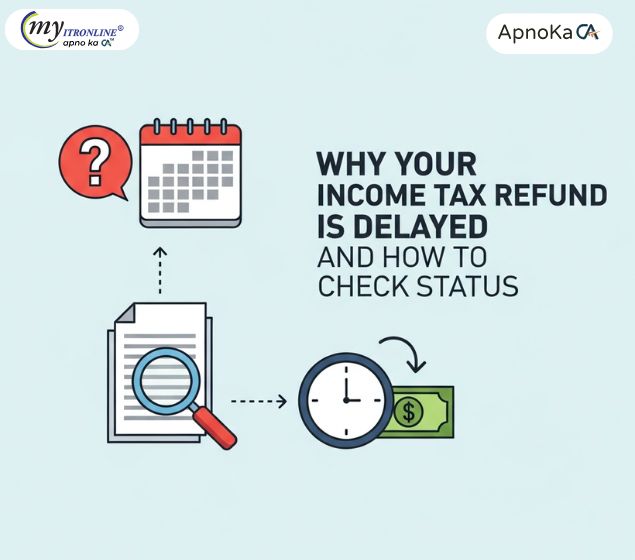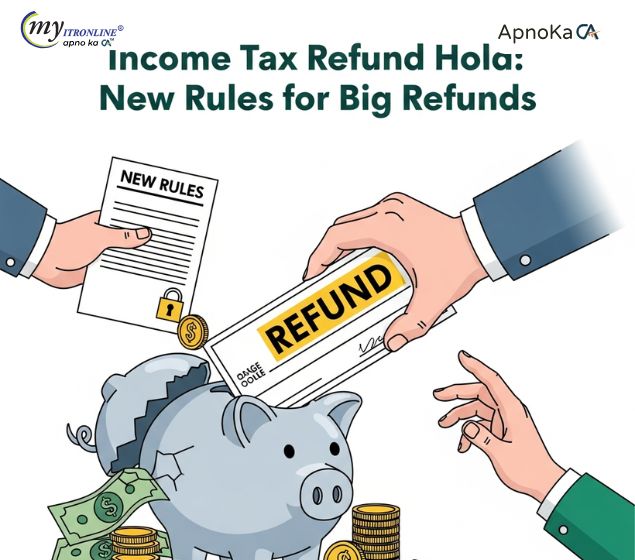A Comprehensive Guide to Section 39 of the Income Tax Act: Tax Recovery, Asset Attachment, and Legal Implications
Tax authorities may seize and sell a taxpayer's assets in order to collect unpaid taxes, according to Section 39 of the Income Tax Act. Additionally, recovery against other parties holding assets on behalf of the taxpayer is permitted under this clause. To make sure taxpayers understand their obligations and the repercussions of tax defaults, the blog examines the essential components, recovery procedure, and consequences for non-compliance.
.jpg )
Section 39 of the Income Tax Act
Introduction
Section 39 of the Income Tax Act is a crucial clause pertaining to the authority provided to the income tax authorities, especially when it comes to the collection of unpaid taxes. It permits assets to be attached to and retrieved from the taxpayer or from other parties holding assets on the taxpayer's behalf. When a taxpayer fails to pay taxes, fines, or any other obligations that are lawfully recoverable under the Income Tax Act, this provision is extremely crucial.
We will discuss the main points of Section 39 in this blog, along with its goals, the steps required, and the repercussions of breaking the law.
Important Elements of Section 39
1. Tax Recovery Power
The income tax authorities may pursue the recovery of overdue taxes, interest, or penalties under Section 39. This clause comes into play when the taxpayer, having been fairly assessed and made aware of their obligations, neglects to make the required payments. It gives the tax authorities the authority to take the required actions to ensure payment.
2. Attachment of Assets
The tax authorities have the right to seize the taxpayer's assets, which might include the following, if they are unable to pay the outstanding balance:
- Movable assets, such as machinery, cars, or stock.
- Immovable assets, such as real estate, buildings, or land.
- Shares, bank accounts, and other financial resources.
Usually, the attachment is a short-term tactic used to stop the taxpayer from selling or otherwise disposing of assets before the tax liability is cleared.
3. Recovery from Third Parties
One of Section 39's special features is its ability to facilitate recovery from third parties that the taxpayer owes money to or who hold assets on the taxpayer's behalf. For instance, the tax authorities have the authority to notify a firm that owes money to the tax department to pay the outstanding amount straight to the taxpayer in default of paying their taxes.
4. Modes of Recovery
In accordance with Section 39, the tax authorities may employ a number of recovery methods, such as:
- Asset seizure and sale: Should the taxpayer continue to miss payments, the tax authorities may confiscate and sell the associated assets to recoup the outstanding balance.
- Recovery from other parties: In the event that a third party has property or funds that the taxpayer owns, the third party may be required to pay the tax authorities on the taxpayer's behalf.
5. Notification of Default
The tax authorities notify the defaulter of the outstanding amounts and provide them with a chance to pay their responsibilities before beginning collection measures under Section 39. The recovery procedure starts if the taxpayer disregards the notification.
6. Interest on Outstanding Dues
Until the money is recouped, interest is accrued on outstanding dues in addition to the primary tax debt. Both the unpaid taxes and any applicable interest must be paid by the taxpayer.
Significance of Section 39
1. Ensuring Tax Payment on Time
Section 39 functions as an enforcement tool to guarantee that taxpayers fulfill their tax obligations on schedule. It lessens the chance of default by granting the tax authorities the authority to recoup obligations through asset attachment and sale.
2. Protection of Government Revenue
Preserving government revenue is the main goal of Section 39. The government's capacity to finance infrastructure improvements, public assistance programs, and other projects is impacted by tax defaults. To recover these dues, the tax authority can move quickly thanks to Section 39.
3. Deterrent Against Tax Evasion
Section 39's strict regulations serve as a disincentive to evade paying taxes. Taxpayers who try to avoid paying their taxes or put off paying them risk having their assets seized or liquidated. This deters dishonest behavior and promotes prompt cooperation.
4. Fairness in the Recovery Process
The provision permits recovery from third persons who may be in possession of assets or funds that legitimately belong to the taxpayer, in addition to the taxpayer. This guarantees that the taxpayer cannot use asset transfers or third parties to evade payment in order to escape obligation.
Implications of Failure to Adhere to Section 39
1. Attachment and Sale of Assets
An asset attachment and eventual sale is one of the most direct repercussions of a taxpayer's noncompliance with a Section 39 tax notice. There may be serious consequences for your reputation and finances from this.
2. Legal Action
To recoup the outstanding amounts, the tax authorities may file a lawsuit in severe circumstances. In situations of intentional tax evasion, this may lead to criminal prosecution or court orders for the return of the taxpayer's assets.
3. Effect on Creditworthiness
A taxpayer's creditworthiness may be impacted by the attachment of assets and tax default. Businesses or individuals having a history of tax arrears are less likely to be offered loans or credit facilities by financial institutions.
4. Interest and Penalties
The taxpayer may also be compelled to pay penalties and interest that have accumulated on the outstanding amount, in addition to recouping the initial tax obligations. This raises the defaulter's overall financial burden.
Process for Recovery Under Section 39
1. Notice of Demand
The taxpayer usually receives a notice of demand at the start of the recovery procedure. The tax amount owed, the due date, and any applicable interest or penalties are all included in this notification.
2. Non-Compliance by Taxpayer
The tax authorities will proceed to seize the taxpayer's assets if the taxpayer fails to pay the amount due within the allotted time. A notice notifying the taxpayer of the attached assets is served, along with a list of those assets.
3. Attachment of Assets
Until the outstanding taxes are paid, the taxpayer may keep the attached assets in their possession, but they may not be sold, transferred, or otherwise disposed of. The assets may occasionally be taken physically by the government.
4. Sale of Assets
The authorities may sell the associated assets if the taxpayer doesn't pay their debts on time. Usually, a public auction is held to satisfy the outstanding tax due using the profits of the sale.
5. Recovery from Third Parties
The tax authorities may send a notification to third parties requesting that they pay the outstanding balance directly to the tax department if the taxpayer is owed money by them. If you disregard such a notification, you may face legal consequences for the third party.
Conclusion
Efficient and equitable recovery of tax obligations is contingent upon the implementation of Section 39 of the Income Tax Act. By empowering tax authorities to attach assets and recover dues from third parties, it provides a robust mechanism to enforce compliance. In order to prevent the penalties associated with non-payment, taxpayers need to be aware of their responsibilities and act promptly. Proper financial management and on-time tax payments will assist taxpayers in avoiding the punitive actions outlined in this section.
FILING YOUR INCOME TAX RETURN F.Y 2024-25 (A.Y. 2025-2026) WITH MYITRONLINE
The income tax filing deadline is right around the corner. If you haven’t filed yet, do it today with Myitronline! Avoid last minute rush and file your tax return today on MYITRONLINE in Just 5 mins.(www.myitronline.com)
If you are looking for eCA assistance to file your income tax return/ GST, you can opt for MYITRONLINE eCA assisted plan starting
Upload Salary Individual Form-16
If you have any questions with filing your tax return, please reply to this mail. info@myitronline.com OR call 9971055886,8130309886.
Note-All the aforementioned information in the article is taken from authentic resources and has been published after moderation. Any change in the information other than fact must be believed as a human error. For queries mail us at marketing@myitronline.com
Krishna Gopal Varshney
An editor at apnokacaKrishna Gopal Varshney, Founder & CEO of Myitronline Global Services Private Limited at Delhi. A dedicated and tireless Expert Service Provider for the clients seeking tax filing assistance and all other essential requirements associated with Business/Professional establishment. Connect to us and let us give the Best Support to make you a Success. Visit our website for latest Business News and IT Updates.
Leave a reply
Your email address will not be published. Required fields are marked *Share this article
Krishna Gopal Varshney, Founder & CEO of Myitronline Global Services Private Limited at Delhi. A dedicated and tireless Expert Service Provider for the clients seeking tax filing assistance and all other essential requirements associated with Business/Professional establishment. Connect to us and let us give the Best Support to make you a Success. Visit our website for latest Business News and IT Updates.
View articles









